Info, news & debate
Natural pest & weed control
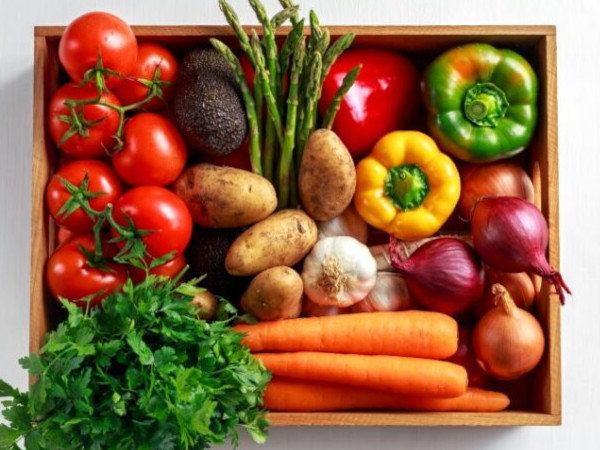
Step-by-step guides to growing 50 different vegetables
I guess an article about growing 50 of the same vegetable wouldn’t have been as interesting! So instead, here’s a list of very easy beginners’ guides to growing a range of vegetables, by John Harrison of Allotment Garden.
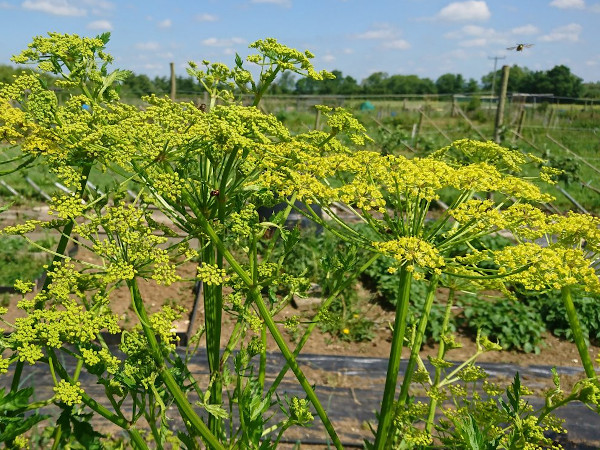
In praise of parsnip flowers and seeds
What are those yellow flowers? Its a common question asked by visitors to the plot at this time of year. The eye-catching flowers that tower above everything else are parsnips. It’s a shame that more don’t keep their parsnips in the ground overwinter and let them flower. Not only are they attractive plants with their …
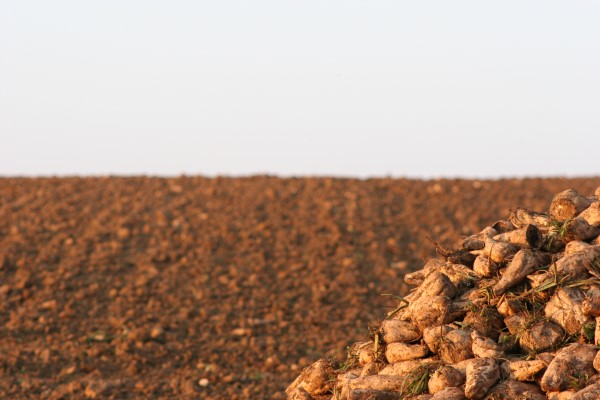
Neonicotinoids and climate change
With neonicotinoids back in the news this month, Nick Mann of Habitat Aid shares his views on the growing threat they pose in combination with climate change.
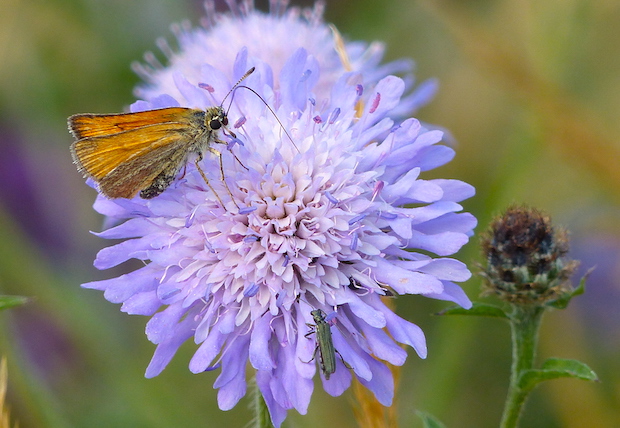
Jo’s Mini Meadow Part 5: new arrivals in the orchard meadow
In Part 5 of Jo Cartmell’s mini meadow series, she shares news of a surprise in the mini meadow and new arrivals in the orchard meadow.
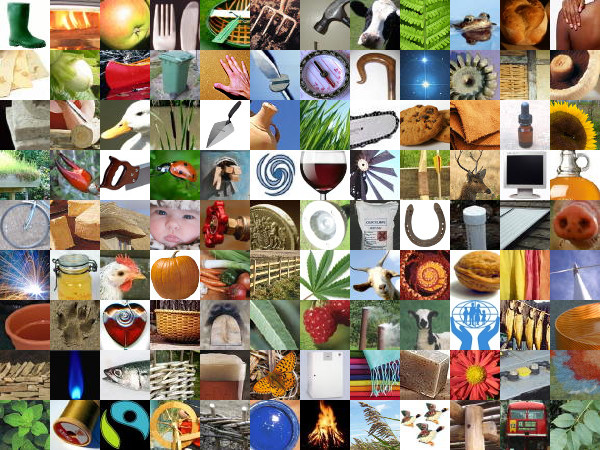
Join our new online community Living Low Impact
We’re excited to introduce our new Facebook group Living Low Impact – and you’re invited!
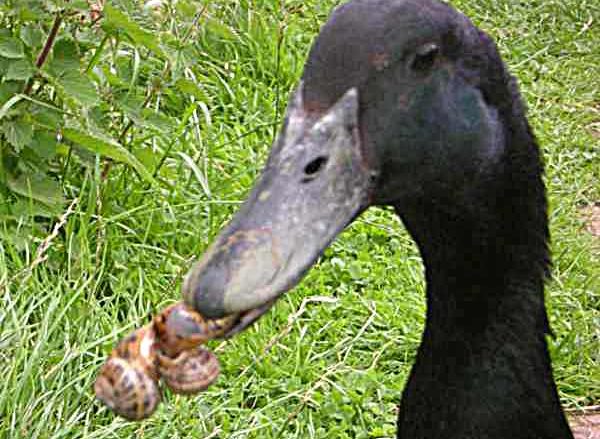
Slug control with ducks!
“You don’t have a slug problem, you have a duck deficiency” – Bill Mollison
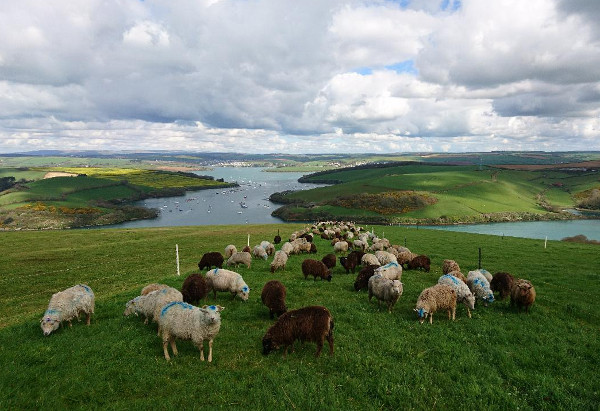
Grazing: why simulating wild herds maximises benefits for farmers, livestock and ecology
“Many sheep farmers waste more than a third of the grass on their farm because they do not plan grazing wisely.” This is according to Susan Buckingham, extension officer at the Institute of Biological, Environment and Rural Sciences’ Grassland Development Centre

Fruit & vegetable growing guide for August
August with a little luck brings us the best of the summer weather but being the traditional holiday month it can be hard to keep on top of the vegetable plot growing with a fortnight away, even if a neighbour can be persuaded to water as required.

Fruit & vegetable growing guide for June
Flaming June should bring us a hot sunshine-filled month with the risk of frost passed and those in more northerly parts should be able to catch up with those in the south. We’re also moving towards the longest day, June 21st being the summer solstice so there is plenty of daylight to let you get …
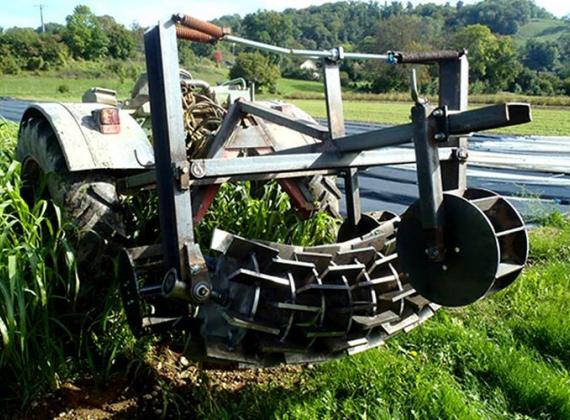
Farm Hack : growing innovative open-source agriculture
In response to the pervasive reach of the global agro-industrial complex, growing numbers of farmers across the world are coming together as co-operative organisations to promote and protect small-scale organic food production and environmental stewardship. We take a look below at some of the groups promoting open source agriculture with farmer driven technologies, spearheaded by the …

Fruit & vegetable growing guide for May
Generally one of the busiest months on the vegetable plot, here John Harrison shares his fruit and vegetable growing guide for May. The soil is warm and the plants growing well. But watch out for a sneaky late frost. Keep an eye on the weather forecast and be prepared for frantic last minute wrapping of …
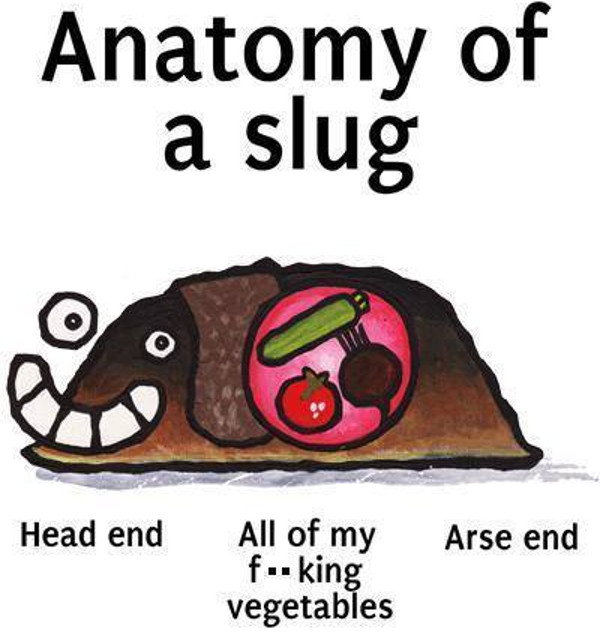
How to stop slugs in your allotment or garden, naturally
Ludwig Appeltans shares his top tips on how to stop slugs naturally and keep your garden or allotment thriving – no slug pellets needed!
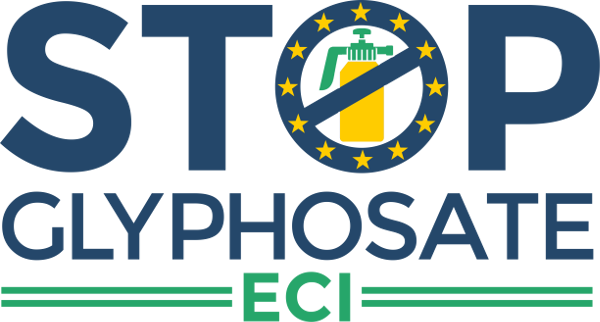
Two things you can do to help stop the encroachment of GM crops into the UK
Glyphosate is the key ingredient in Monsanto’s ‘Roundup’, the product that farmers have to buy to apply to the genetically-modified crops that they’ve bought from Monsanto. Half of Monsanto’s profits come from Roundup sales.
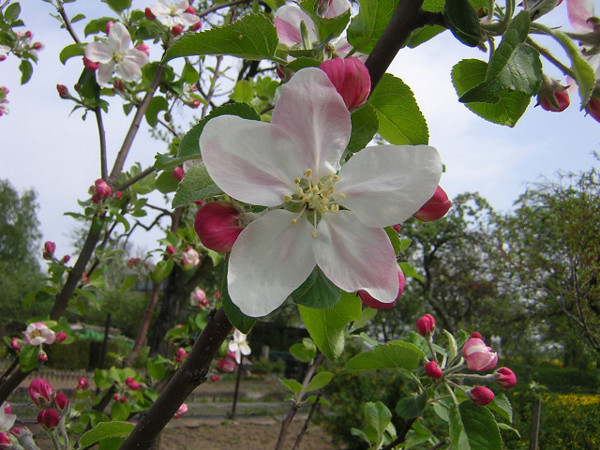
Fruit & vegetable growing guide for April
By April spring should be well and truly underway, the soil warming up nicely and everything growing away. Don’t be complacent though, it’s been known for a cold snap with snow to strike even in the sunny south of England.
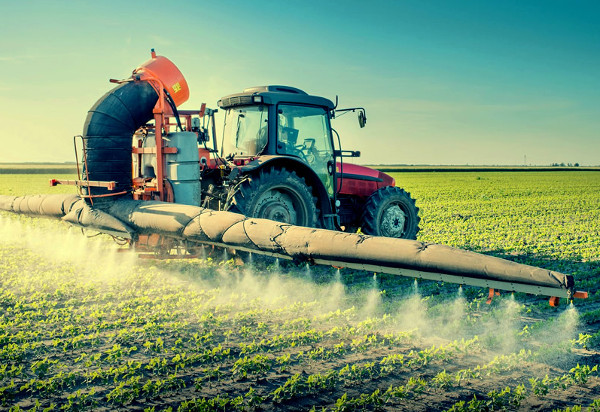
New York Times: GM crops require more pesticides and don’t increase yields
I’ve been saying for a long time that GM crops do not increase yields and they don’t reduce pesticide use – because that’s not what they’re designed for. This report in the New York Times shows that I was right.
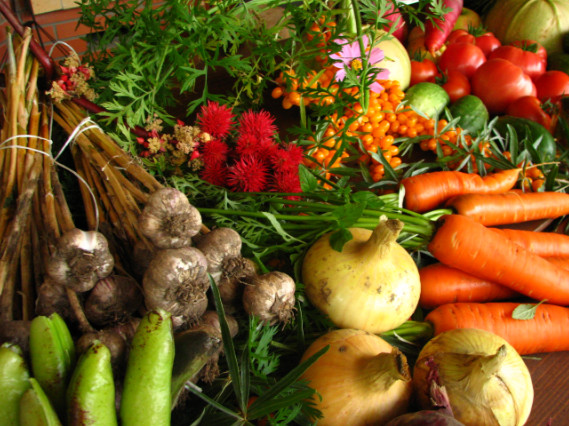
Why do organic farmers have to pay for certification rather than farmers who use toxic chemicals?
It’s always more expensive to do the right thing isn’t it? Like taking the train instead of driving or flying, or buying recycled products, organic food or natural building materials. If you want to do the environmentally-friendly or socially-just thing, it’s going to cost you more money. That can’t be right, can it?
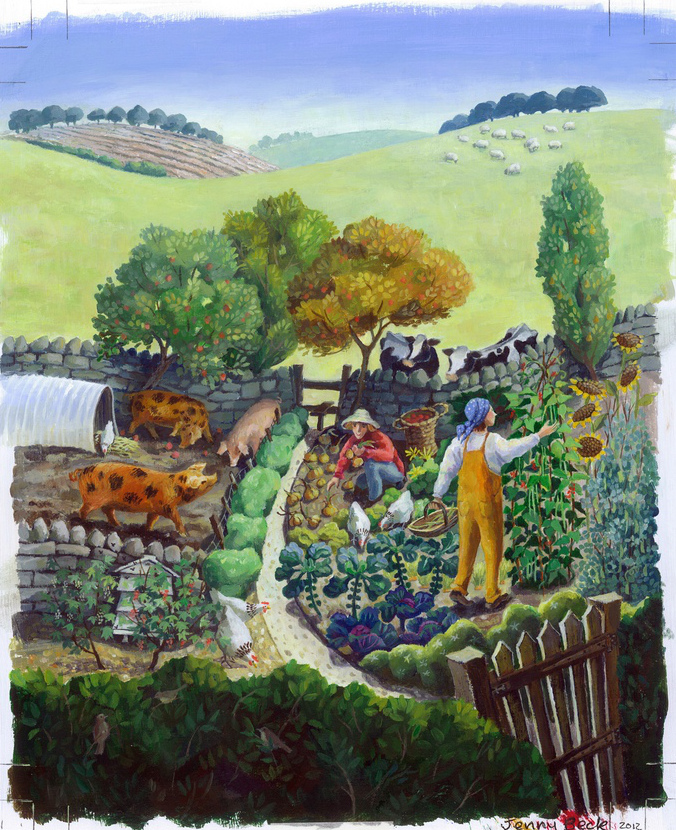
Viable self-sufficiency
Back 40 years ago in 1976, John Seymour’s most famous work –The Complete Book of Self-Sufficiency – was published. It was billed as for dreamers and realists which was pretty accurate.
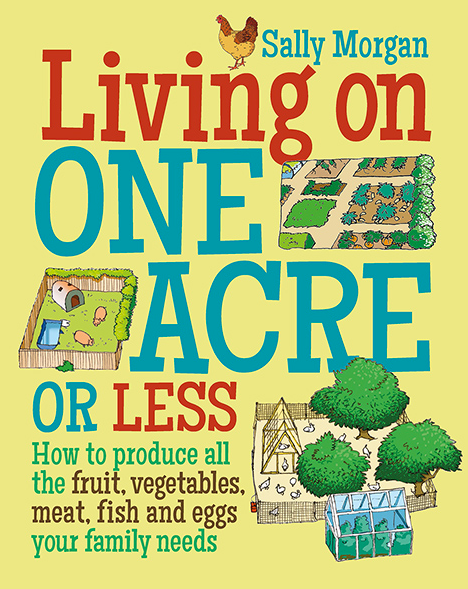
Win a copy of our partner Sally Morgan’s great new book, ‘Living on One Acre or Less’
This is a new book by our partner Sally Morgan of Empire Farm. It’s a comprehensive guide to starting and running your own micro-smallholding.
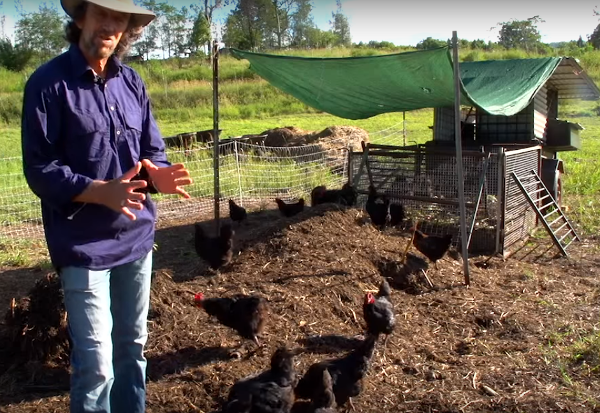
How a ‘chicken tractor’ can clear and improve soil, as well as getting rid of pests
My vegetable field has some problems. It’s not that vegetables don’t grow there; over two seasons I’ve had some notable successes, it’s just that there’s verdant weed growth throughout, more slugs than you can shake a stick at, and the soil needs improving

Low-impact & the city 2: what are urban gardens for?
I Iive with my partner in a terraced house in London, and we have a garden. So we have to work out what we want the garden for. Do we want to use it to impress people, to give it a ‘make-over’, to make it orderly and tidy, or to produce food? We’ve decided that …
